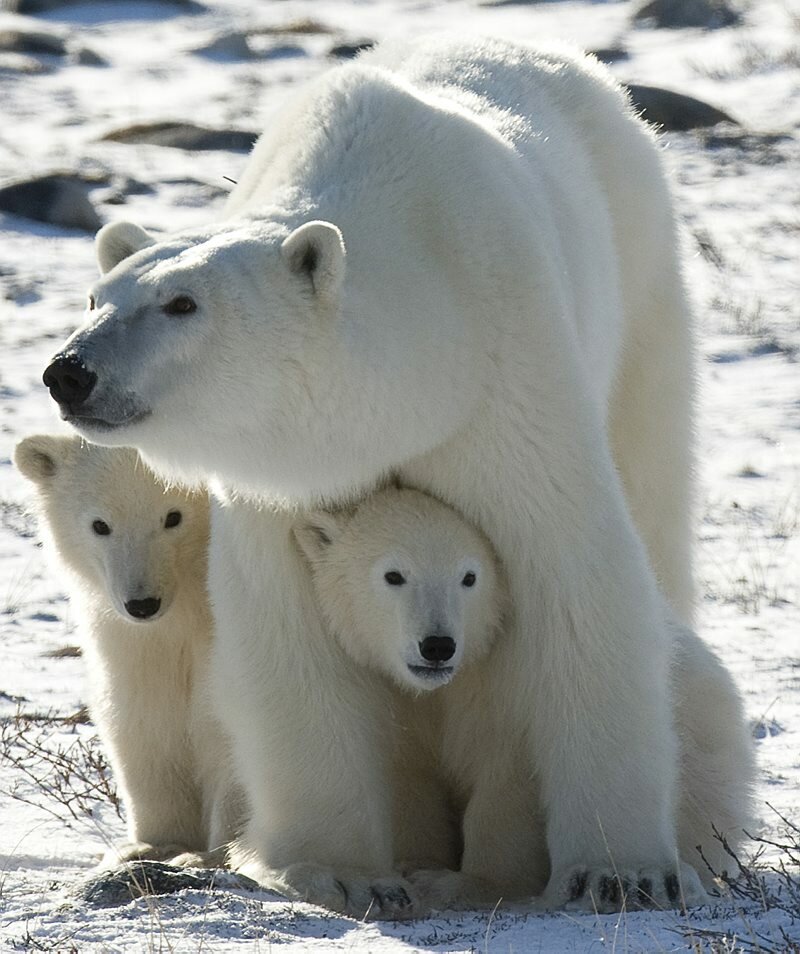5 Amazing Facts About Polar Bears
Polar bears are marvelous mammals. There are many interesting facts about the endangered polar bears.

Interestingly, Polar bears aren’t white. They are actually transparent. The light reflects on air spaces between the thick hollow core of their hair. There are two purposes for this feature. One, it allows the polar bears to blend in to their environment. Second, it insulates them from the cold and snow by trapping heat. Polar bears fur is oily and water repellent allowing them to shake dry after swimming.
Polar bears are excellent swimmers. They have webbed toes and padded feet. They use their front paws to propel themselves forward and their back legs to steer. They can swim up to 6 mph and go up to 70-100 miles in one stretch. Because they spend so much time in the water, polar bears are considered by some scientist to be marine mammals.
Another interesting fact is that male polar bears don’t hibernate. Most bears remain on the ice for winter. Pregnant female polar bears do hibernate though and they build dens and remain there for four to nine months. They don’t eat or drink during this time and must live off of their fat preserves. They build their dens with a ventilation system in the roof and make multiple rooms. Female polar bears would rather build their dens with old snow from previous years rather than using the freshly new snow. When their cubs are big enough, they all leave the den, so that the mother bear can start hunting seals again.
A polar bear’s main food is ringed and bearded seals. Polar bears are both herbivores and carnivores, but they mostly eat meat. During the summer months they forge for bearberries or plants. They walk the shoreline searching for dead whale or walrus. During the winter months, they hunt and stalk the seal. They sometimes wait for hours at a time to catch their pray. When they do catch a seal, the mature bears will eat the skin and blubber, and the younger bears will consume the red meat.
Lastly, polar bears have been known to have tantrums. Observers have witnessed polar bears throwing chunks of ice or kicking piles of snow. They’ve also heard them growl in disappointment after losing their pray.